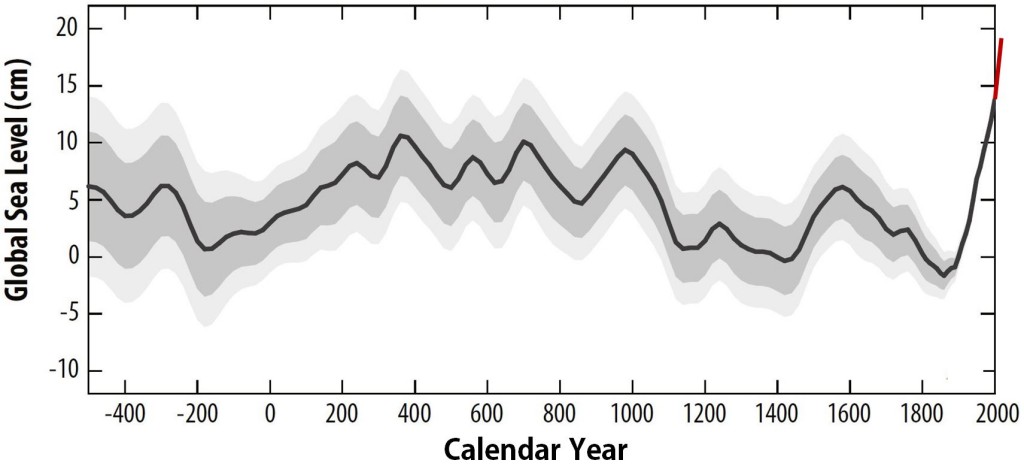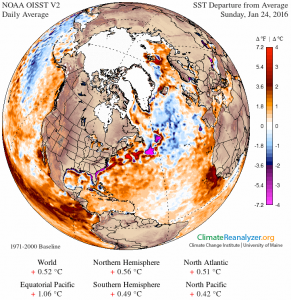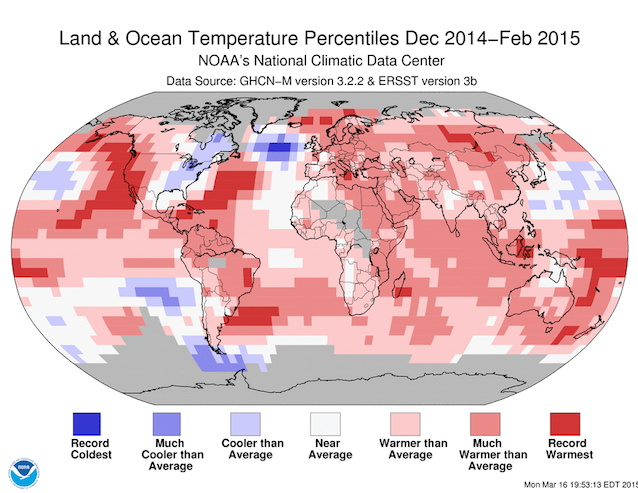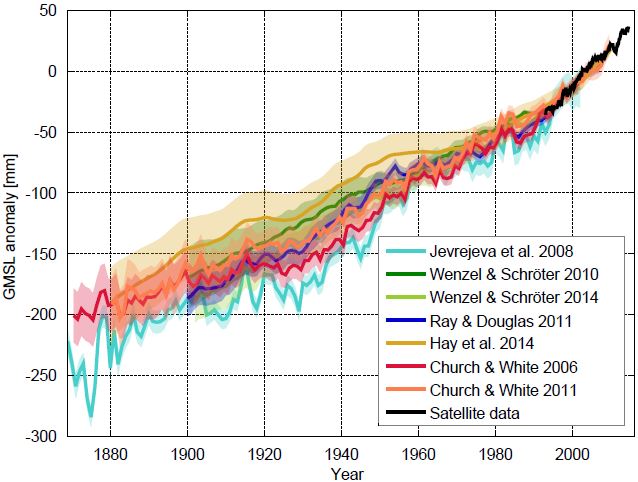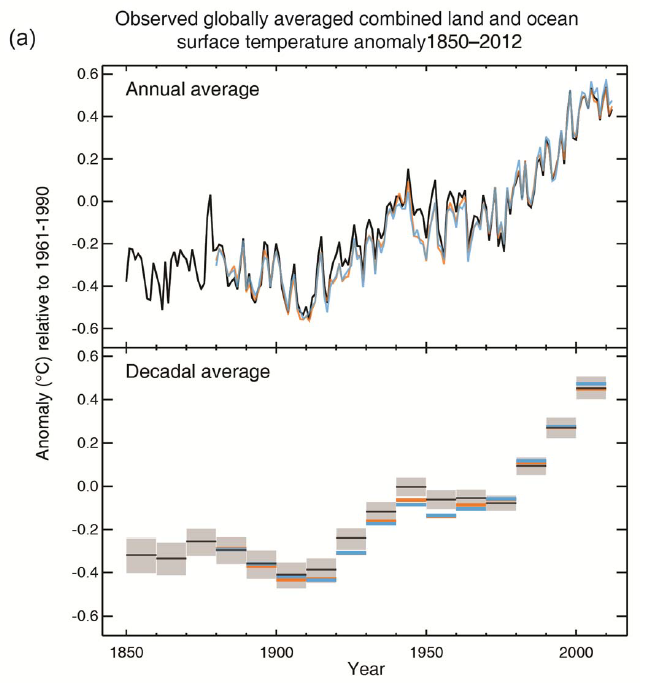Guest article by Sally Brown, University of Southampton
Let me get this off my chest – I sometimes get frustrated at climate scientists as they love to talk about uncertainties! To be sure, their work thrives on it. I’m someone who researches the projected impacts and adaptation to sea-level rise and gets passed ‘uncertain’ climate data projections to add to other ‘uncertain’ data projections in my impact modellers work bag. But climate scientists do a good job. Without exploring uncertainties, science loses robustness, but uncertainties in combination can become unbounded and unhelpful to end users.
Let’s take an adaptation to sea-level rise as an example: With increasing scientific knowledge, acceptance and mechanisms that would allow adaptation to potentially occur, one would think that adaptation would be straight forward to implement. Not so. Instead of hard and fast numbers, policy makers are faced with wide ranges of uncertainties from different sources, making decision making challenging. So what uncertainties are there in the drivers of change, and can understanding these uncertainties enable better decisions for adaptation?
Prior to considering adaptation in global or regional models, or implementation at local level, drivers of change and their impacts (and thus uncertainties) require analysis – here are a few examples. [Read more…] about What drives uncertainties in adapting to sea-level rise?
